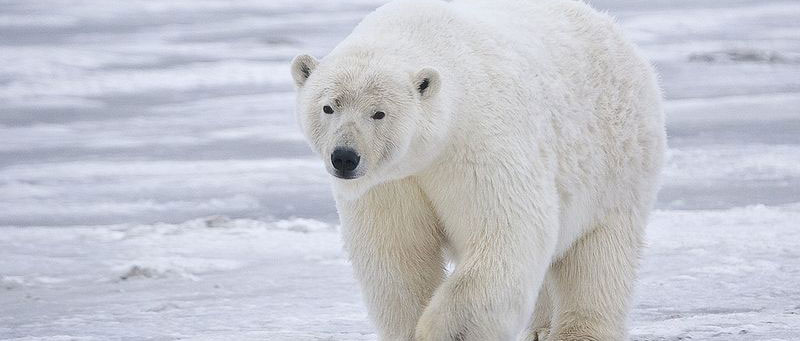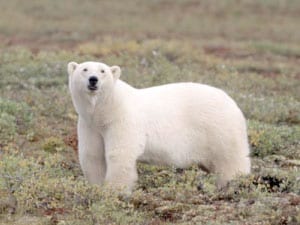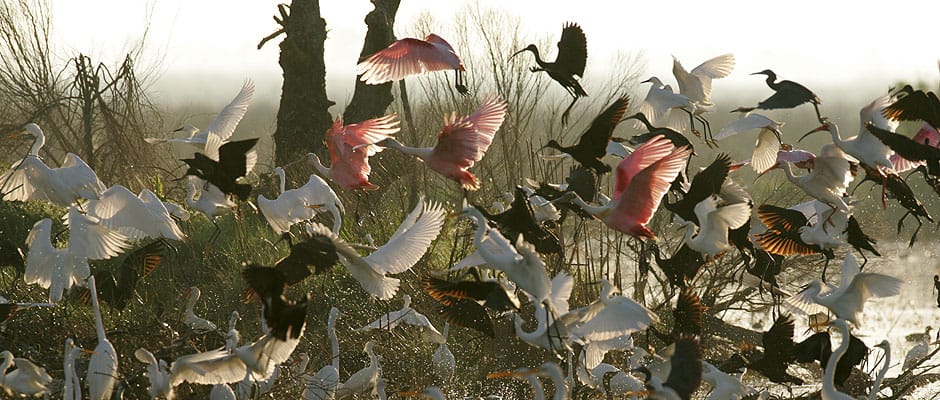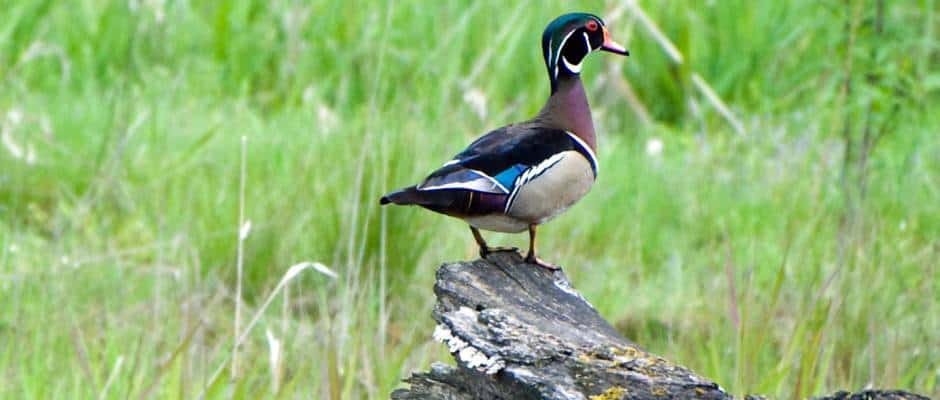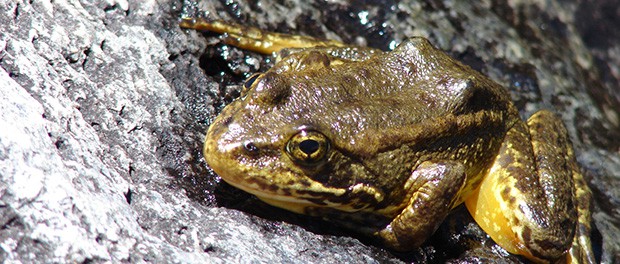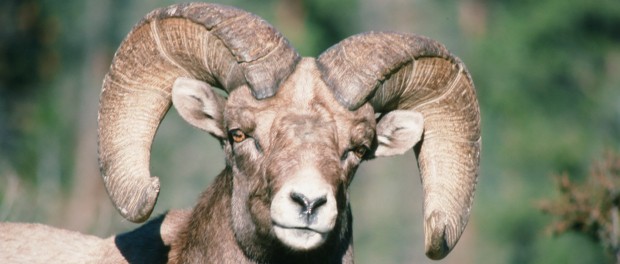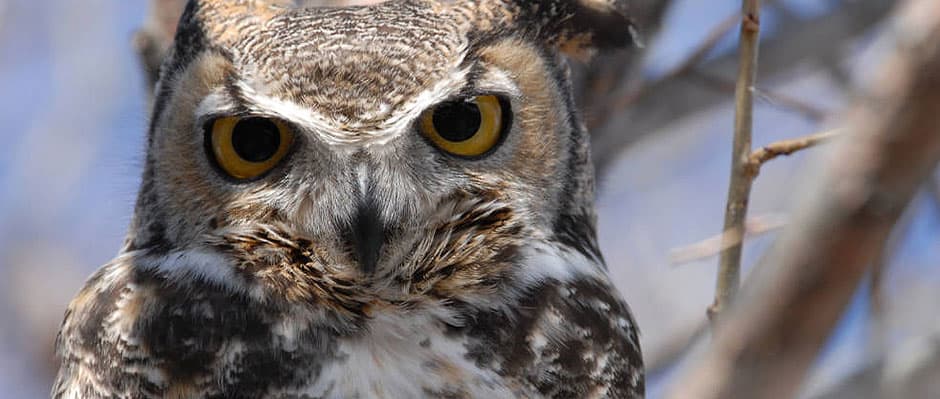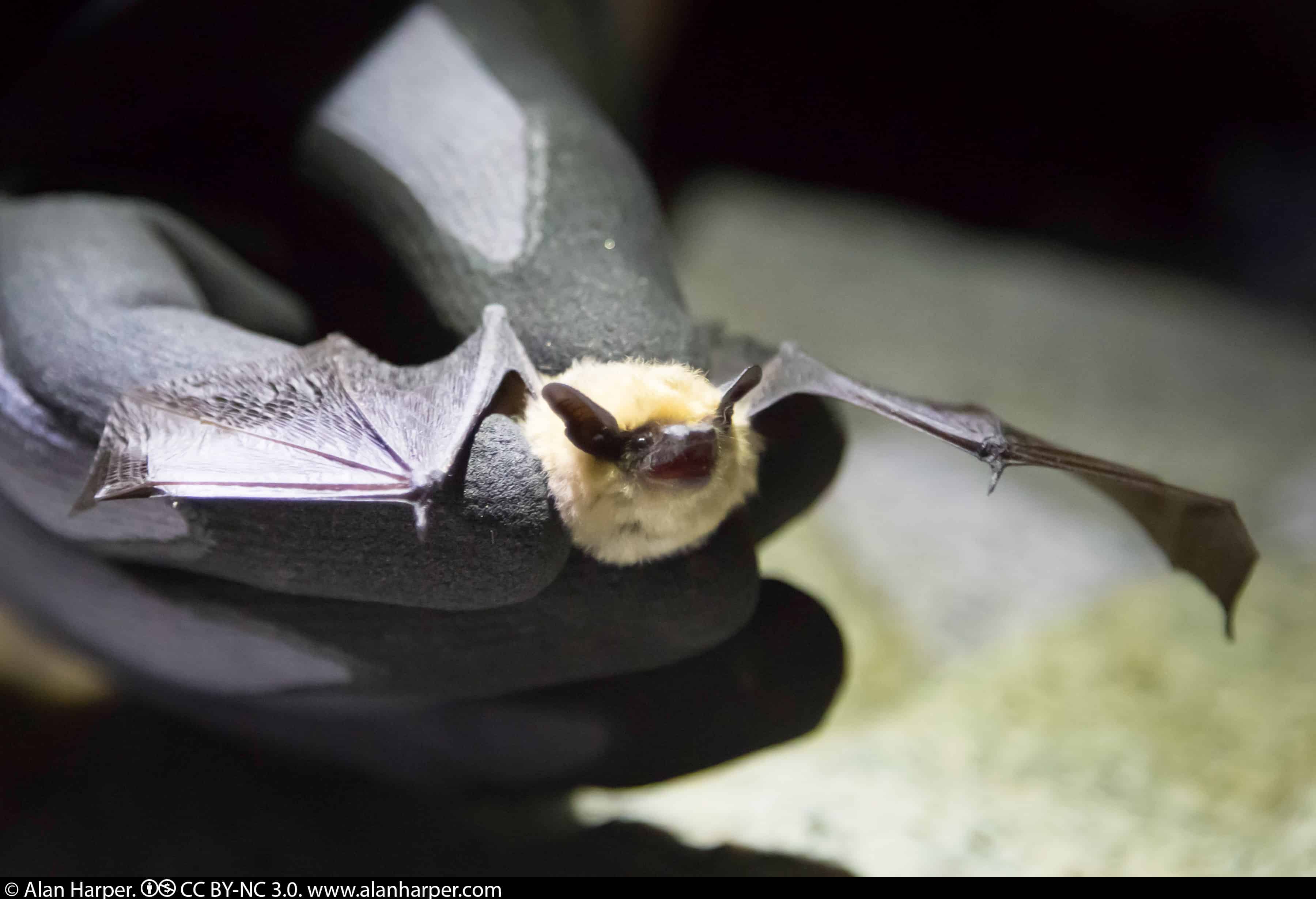
Attracting Rabid Bats with Artificial Sound
When renowned bat researcher Denny Constantine passed away on May 24, 2014, the wildlife health community lost one of its most prolific researchers. Last winter, when Denny realized he was very ill, he asked the Wildlife Disease Association (WDA) to help him publish his wide-ranging work on the link between rabid bats and artificial sound, a capstone of his career. Unfortunately, he died before that was completed, but WDA is still pursuing the project. This article is part of our efforts to both honor Denny and to disseminate knowledge about wildlife disease in relation to human and domestic animal health, WDA’s mission.
Some 50 years ago, Constantine began to suspect that rabid bats were unusually attracted to sound after learning about odd bat behaviors. From 1964 to 2005 he documented 85 cases of rabid bats attacking people in California, often in situations involving loud noise. For example, he recorded cases of a brown bat (Myotis lucifugus) attacking a barking dog, a canyon bat (Parastrellus hesperus) biting the wrist of a man driving a tractor, another canyon bat biting the back of a man riding a motorcycle, and an unidentified bat attacking a person mowing a lawn. All these attacks occurred in broad daylight.
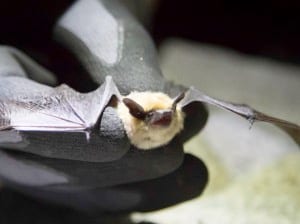
A researcher holds a canyon bat in the Sierra Cacachilas Mountains in Baja California, Mexico. Bat researcher Denny Constantine found that the canyon bat was the dominant species involved in flying attacks against animals and humans in California.
Image Credit: Alan Harper
Such behaviors were highly unusual because bats are normally crepuscular, active only in the dim light of early morning or in the evening, and they generally avoid humans. Yet laboratory testing showed that the bats in these cases were rabid, and the presence of loud noises in each attack suggested something more than chance was at work.
Over time, Constantine’s research showed that such attacks could also occur at night, even in cases where the source of sound was extremely faint. In a report on bat rabies he published in 2009, he wrote that nearly a third of North American human rabies victims were bitten at night while sleeping. “Snoring or even faint noises such as air movement through partially closed lips may suffice to attract a rabid bat,” he wrote (Constantine 2009).
After first suspecting a link between rabid bat attacks and noise, Constantine did what scientists do: He began to ask questions. It was well known that rabies is caused by a lyssavirus that travels up nerve endings from the site of entry—often a bite or scratch—and attacks the brain, generally leading to aggressiveness, seizures, paralysis, and death. (The French term for rabies is “la rage,” derived from the often vicious behavior of rabies-infected dogs and wolves.) The disease was also known to make animals hypersensitive to various stimuli, such as noise. So Constantine asked: What if the viral damage of rabies in bats, which are known for their superhuman acoustic abilities, caused them to be attracted to noises? And what if particular frequencies and volumes could be used to lure rabid bats from vast colonies of normal bats?
His quest to answer these questions led to groundbreaking research on using acoustics to attract,capture, and study rabid bats. Today, his findings may help researchers selectively attract and remove rabid bats and other wildlife (such as skunks or foxes) from healthy populations, thereby potentially helping to safeguard human and animal health. The ability to capture live rabid bats could also give researchers the ability to study how rabies alters the brains of live infected bats, doing away with traditional and laborious laboratory assays that involve sectioning brain tissues and detecting the virus with reagents. Such is one legacy of Constantine’s work on rabies—especially notable given the lethal nature of the disease.
Challenge of Capturing a Killer
Once rabies takes hold it is virtually always fatal, making it one of the most deadly viruses known to humans. By some estimates, from 40,000 to 100,000 people worldwide die from rabies each year (Rupprecht et al. 1995), and millions more are exposed and effectively treated. In the United States, preventive veterinary medicine (mainly vaccination of dogs and cats) and immediate postexposure vaccination have reduced human deaths from rabies to two or three a year (CDC). Nevertheless, the number of laboratory-diagnosed cases of rabies in animals remains high, with 90 percent of those cases occurring in wildlife, primarily raccoons, skunks, foxes, and bats (CDC).
Because collection and submission of adequate specimens from dead or dying animals is required for diagnosis, most researchers suspect that wildlife rabies is grossly under-reported. And as a zoonotic disease that can pass from animals to humans, it still remains a significant concern, especially as growing human populations lead to more frequent human-wildlife interaction.
Historically, detection of rabies resulted in wholesale slaughter of some wildlife populations to reduce risk by destroying potentially infected animals. In recent years, however, questions about the effectiveness and ecological consequences of non-selective lethal practices, along with increasing public opposition to killing wildlife, have fostered the development of baits containing oral rabies vaccines, which are helping to control the disease in populations of known rabies vectors such as raccoons and skunks (Chipman 2010).
Bats pose special challenges, however. Because most bats that could be rabies carriers are insectivores, developing vaccinated baits that they will consume has not been feasible, and lethal control measures have not been applied because of the recognized value of bats in insect control. In addition, only a very few individuals out of many thousands of bats in a colony may be rabid. Researchers in one comprehensive survey reported rabies prevalence “around or below 1 percent across all bat species” (Klug et al. 2011), a rate lower than previously suspected. Nevertheless, any tool that can remove infected animals from a wild population would be desirable, especially in populations such as bats, which, as Constantine famously discovered, can spread the disease through aerosolized particles from saliva, urine, or feces (Constantine 1962, Winkler 1968).
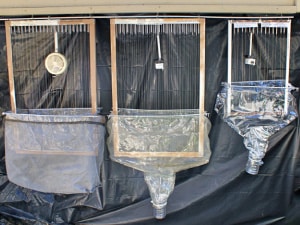
Sound-lure harp traps designed to capture rabid canyon bats evolved over time. An early model (left trap) used a smoke alarm, while later, more-effective models included a 25 kHz sound unit (center trap) then a 48 kHz unit (right trap).
Image Credit: Denny Constantine
Linking Sound to Bat Attacks
Constantine’s analysis of rabid bat attacks in California from 1964 to 2005 indicated that the canyon bat was the dominant species involved in flying attacks against animals and people, accounting for nearly 32 percent of the 85 attacks on 77 people and five dogs. However, at least 10 other bat species were implicated in the remaining documented attacks. The analysis also suggested that most if not all of the attacks were associated with sound produced by or otherwise associated with the victim.
As part of his research, Constantine captured bats with a harp trap, a contraption consisting of closely spaced parallel wires that, when hit by bats in flight, make them fall unharmed into a plastic collecting funnel. Constantine modified these common bat traps by attaching various types of sound lures. Early models used smoke alarms, but further refinements revealed that sound at the 25-48 kHz range was most effective to attract bats.
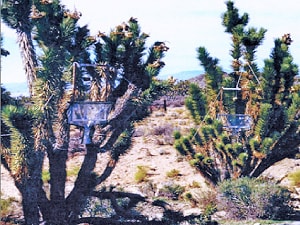
Installing test and control sound lure bat traps in California’s Kingston Mountain Range (bottom image), Constantine noted that sound-lure traps caught rabid bats while silent traps caught none — evidence that sound could selectively attract rabid bats.
Image Credit: Denny Constantine
In one of his experiments, harp traps bearing 48 kHz sound units were deployed along with nearby silent harp traps at cattle watering sites in the Kingston Mountains of eastern California’s Mojave Desert. He set these traps at 18 sites during 2000 and at six sites during 2001, and compared the capture results from both types of traps for 175 trap days. A total of 24 rabid bats (23 canyon bats and one big brown bat) were caught in sound-lure traps, whereas no bats were caught in the silent control traps. In another experiment, Constantine placed mist nets (a silent, non-selective method of capturing bats) next to the cattle watering sites where the majority of rabid bats had been trapped. Twenty canyon bats were captured in the mist nets, and laboratory tests showed that none of these bats were infected with rabies. These were the first tantalizing pieces of evidence that certain sounds might selectively attract rabid bats.
Next, Constantine tried to see if there was a difference in attractiveness of intermittent versus constant sound in its ability to lure rabid bats. From September 17-21, 2001, his team deployed two types of small harp traps — one emitting intermittent ultrasound bursts of 0.1-second duration and the other emitting continuous sound — at sites in the Kingston Mountains. While some trap data had to be discarded due to trap vandalism, three rabid canyon bats were caught in intermittent sound traps during three trap days whereas no bats were caught during 13 trap days in traps emitting continuous sound. This reinforced the concept that rabid bats are indeed attracted to sound, and that this attraction is more powerful if sound is intermittent.
Years later, in August 2007, Constantine headed south to deploy these sound lure traps in a Texas bat cave that houses millions of Brazilian free-tailed bats (Tadarida brasiliensis). Bat caves are a frenzy of activity where all of the air space within the cave can be filled with flying bats as they enter or depart. Accordingly, one can imagine that healthy bats could blunder into traps, especially during migration periods or as young bats start flying. One could also imagine that a crowded bat cave would be filled with distracting noise, which might reduce the effectiveness of traps that use sound to attract animals. Nevertheless, 33 percent of the bats caught in the sound-lure traps were rabid. This contrasts with the usual 0.5 percent of rabid bats encountered in this and similar caves when bats are trapped using nonselective methods such as mist nets. This difference was statistically significant and again confirmed that even in the chaotic environment of bat caves, sound traps seemed to select for rabid animals.

Implications of Discovery
More than two decades of accumulated observations and experiments have shown that certain non-biological sounds may attract rabid bats, probably because of the hypersthenic clinical manifestations of the rabies virus attacking their nervous systems. In Constantine’s research, traps fitted with sound lures succeeded in the capture of 101 rabid canyon bats and 15 rabid bats of six other species. Canyon bats are the most common laboratory- diagnosed rabid-bat involved in attacks, and it appears that Constantine discovered a method to selectively attract and remove rabid individuals from the population.
This discovery is groundbreaking from several standpoints. First, from a pure disease-ecology perspective, it may suggest that the prevalence of rabies in bats as estimated by non-selective trapping methods such as mist nets may be too low, though admittedly it’s impossible to determine actual incidence rates without accurate population data. Second, it raises the question of whether sound traps could prove effective at attracting bat species infected with other rabies-like viruses, such as Nipah and Hendra virus in fruit bats. Third, the phenomenon that rabid bats respond differently to sound raises important questions about the neurobiology of rabies not only in bats but also in other common rabies carriers like skunks and raccoons. Constantine began trying to test that question in 2006 when he deployed sound-lure traps to attempt to capture rabid raccoons in Texas, but, to date, the limited research involving the effects of artificial sound on skunk and raccoon has been inconclusive.
Finally, and probably most important, is the question of whether sound could be used to selectively remove rabies-infected animals on a scale that would effectively eliminate the disease in reservoir populations. Clearly rabid insectivorous bats can be very selectively attracted and removed from bat populations and, since bat-to-bat transmission is the primary, perhaps only, way rabies is spread among these bats, this is significant. In some locations, Constantine noted that once a small number of rabid bats were removed, no additional rabid bats were caught in those locations despite continued efforts, sometimes for a year or more.
Given the public health burden imposed by rabies and rabies-like viruses globally, the potential of these findings to contribute to human, domestic, and wild animal health seems huge. The bat ecology and wildlife health communities owe a debt of gratitude to Denny Constantine for his tireless efforts.









